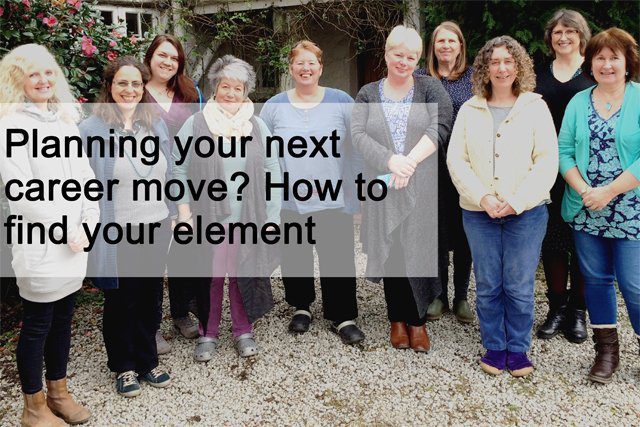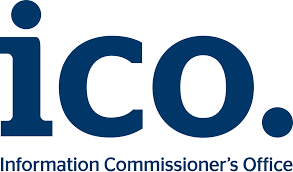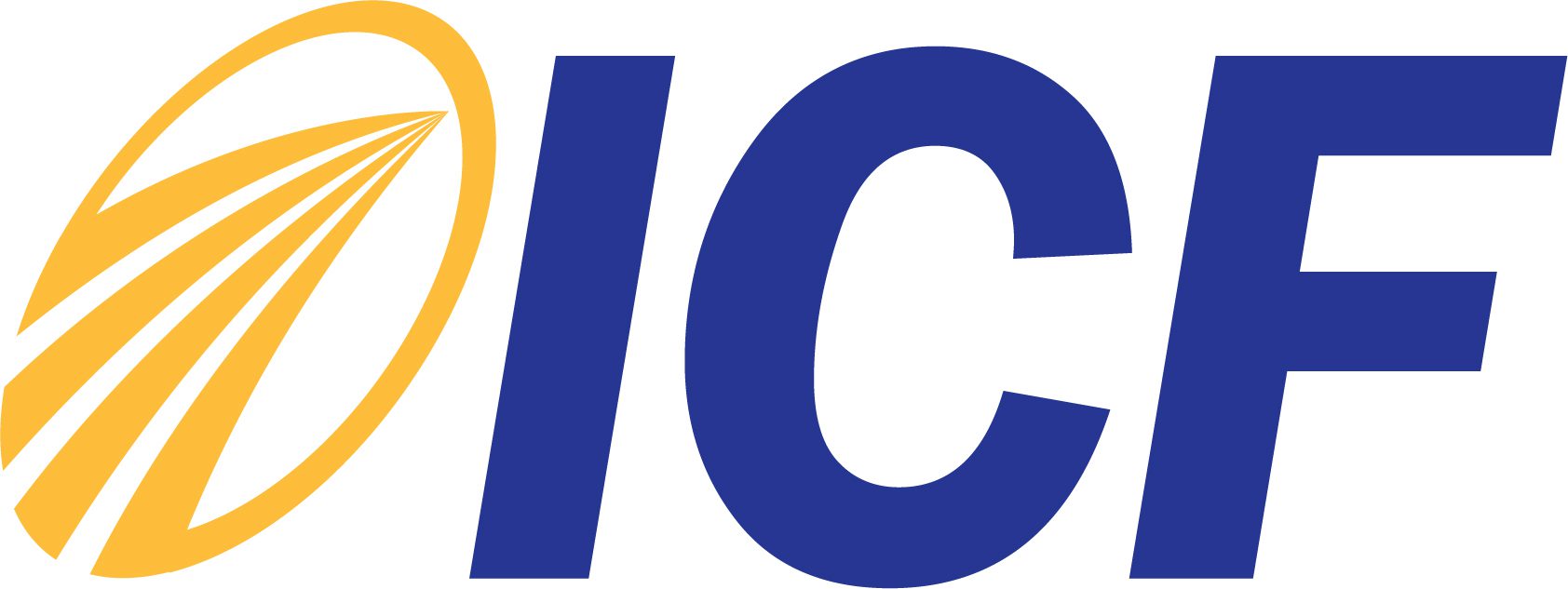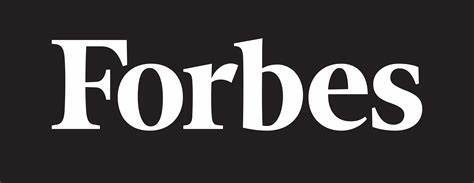From spin doctor to coach
Let me tell you a little about myself. Ten years ago I was working in Government. I’ll come clean; I was a spin doctor. I was based in the Home Office, working alongside civil servants and politicians, translating policy into messages that could be shared with the general public via the media, speeches and events.
Translating is the operative word. Much of my time was spent figuring out the meaning of jargon and acronyms, explaining concepts such as ‘civil renewal’ and ‘community empowerment’ to the people who – let’s face it – paid for my time as a public sector employee through their taxes. It was an uphill task.
Before that I spent about a decade working in the arts. I publicised West End shows (easy to explain – everyone loves a good night out) and, latterly, helped the Arts Council promote its grants and explain why some artists, galleries, and theatres received funding from the National Lottery while why others did not (another tricky one).
After my four-year stint in Whitehall (where, believe me, everything you see on The Thick of It and Yes Minister is true), I was ready for a rest and a change, so I ran away to join the writing circus. Now I am a full-time writer who runs a retreat for writers and coaches people in their written presentation; in short, how to explain and sell yourself through the written word. That’s what I do and I love it.
Post-Home Office, I knew I wanted to be more creative in the next phase of my career. I wanted to be my own boss and work in a way that meant no two weeks would ever be the same again. No more nine to five (or longer, much longer) for me.
Today I am living that life, with clients, professional partnerships and a business.
How did I do it?
One of the triggers for me was a book by educationalist Sir Ken Robinson. If you haven’t heard of him, take a look at his Ted Talk which has garnered over 30 million views. As well as being an entertaining speaker, he is a passionate advocate of creativity in education, work and life in general. You may not think as yourself as a creative person, but bear with me while I explain why the ability to think creatively can be helpful to the decisions you make about your next career move.
Ken Robinson argues that we all have what he calls the element: ‘the place where the things you love to do and the things you are good at come together.’ (The Element, Robinson, K. Penguin Books, 2009). If you can identify those things and make them the heart of your work, he says, it never really feels like work again.
Your job search is an opportunity to think about what you really want to do next; not merely how to replicate your last role, but how to take the best parts of it and to use those as the foundation of your next opportunity.
I know how that feels. I always enjoyed my work, whether I was planning corporate communication strategy or drafting speeches for Government Ministers, but did I love it? Not completely. There were parts that frustrated me and prevented me from doing what I enjoyed the most and felt most expert in; the parts when I was writing.
Now, when I coach people to communicate their personal brand and clarify their headline messages about who they are and what they do, I am most interested in finding out what they do best and what they enjoy about it. The challenge is to enable them to articulate it clearly to themselves and others, then help them find a way to do more of it.
Finding your element
If I asked you now to describe a time when you felt in your element, what would you say? It might be an activity that makes you feel good, in which you are confident and able to do well. It might be a talent or a natural ability; something you were born with, such as natural rhythm. If you are scratching your head, here are some questions to consider.
Ask yourself:
1. What am I good at?
Look at your skills. What feels easy? When do you feel confident? Don’t limit your answers to work.
2. What do other people say I am good at?
Look at appraisals and your most recent exit interview. What positive feedback did you receive? Were there any surprises?
3. What do I enjoy?
What has motivated you in the past? What do you enjoy outside work? Take a long hard look at the whole you, not just the ‘at work’ version.
4. What do I want to do less of?
Be really honest. This is your opportunity to off load anything that does not excite or motivate you.
5. What do I want to do more of?
Again, look outside the work box for inspiration. Your future role might be ‘more of the same’ but it could be an opportunity for you to focus on something specific and make more of it.
Look at what you enjoy most and what you are good at and picture it as a Venn diagram. You will find your ‘element’ in the place where these two positives overlap.
Once you can name your element it becomes easy to say no to other things. It enables you to be true to yourself, to live your personal brand and target work that represents you at your best. If you are lucky you can go to work each day and be in your element. It may not feel like work at all, but something you would do even if you were not paid to do it. Here I am in my element: thewritingretreat.co.uk.
Next Steps?
If you’re thinking about making your next career move contact us today: Call +44 (0) 203 384 4188 or email [email protected] to arrange a complimentary call to discuss how we might help you.











